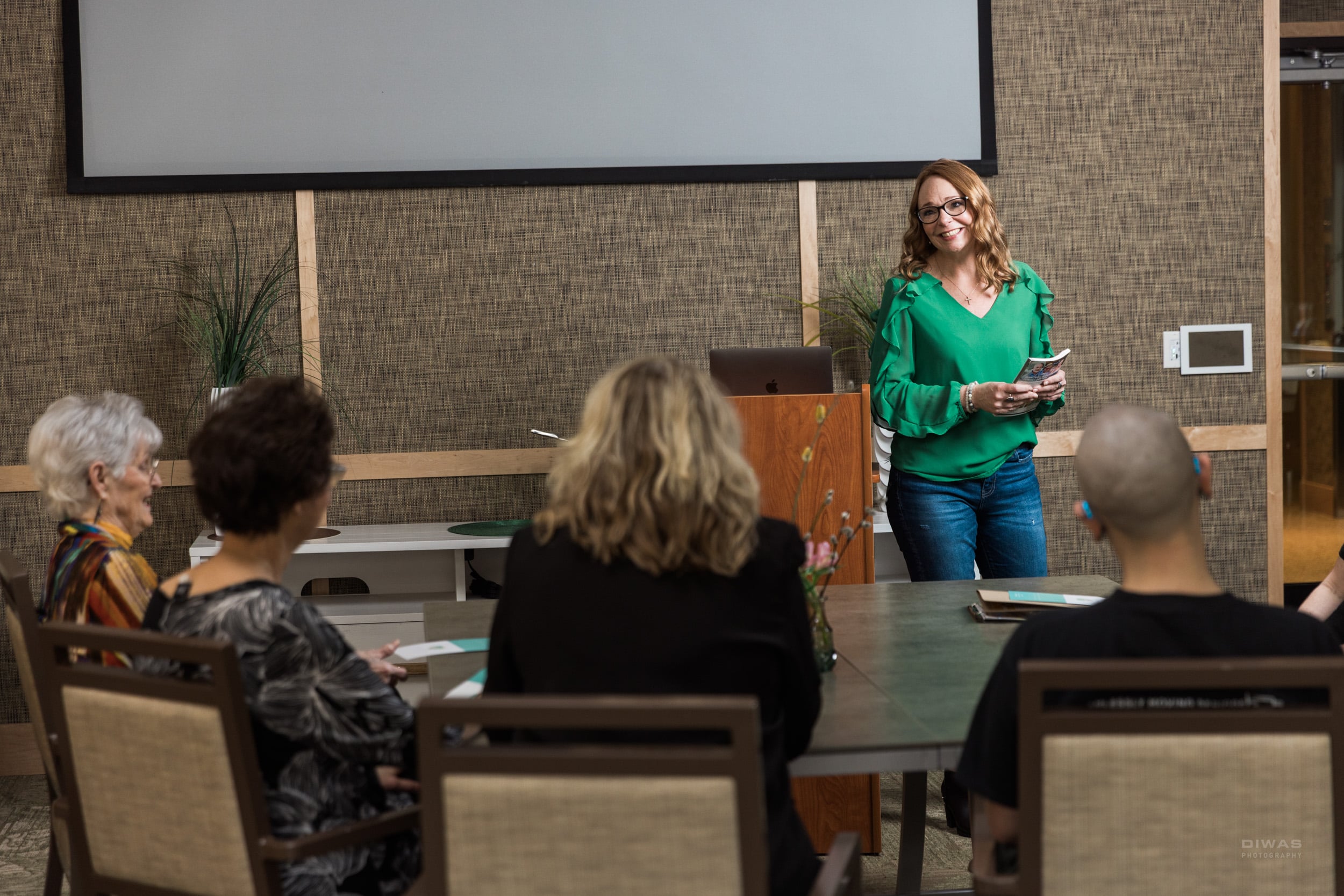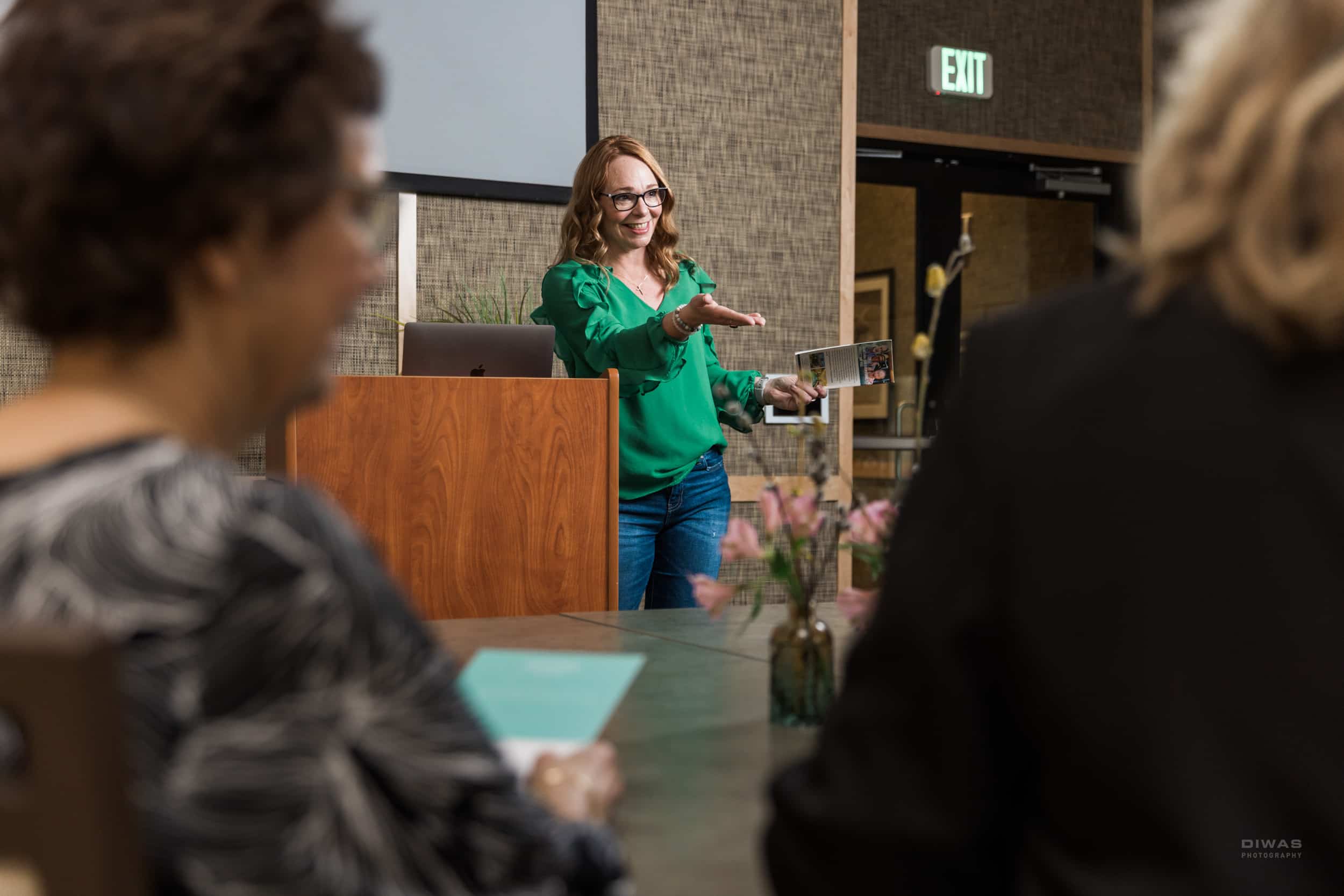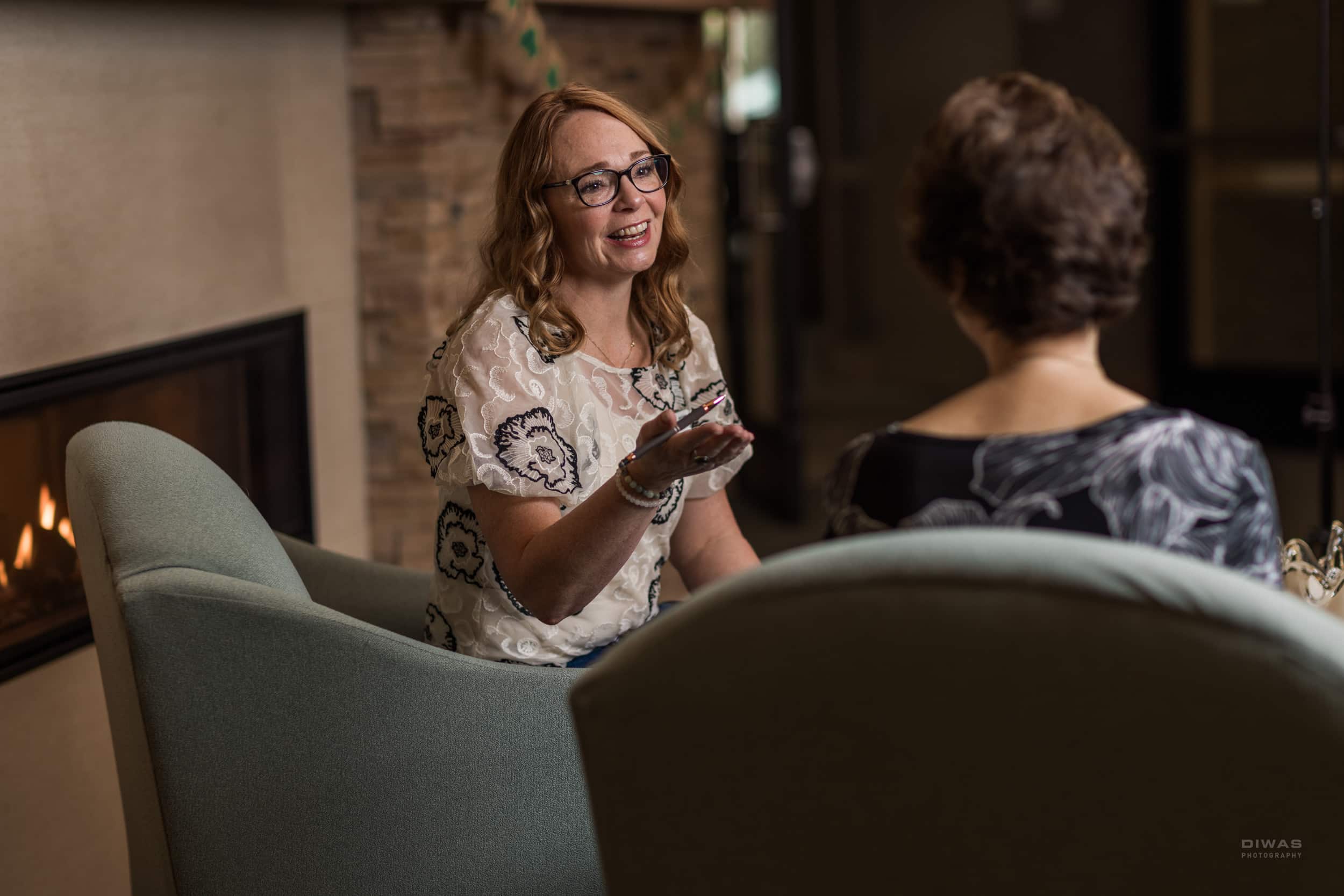
I am thrilled to share that I recently finished my certificate program in Gerontology through UW Seattle. The program focuses on the study of the Aging Body with classes like “Innovations in Aging,” “The Psychology of Aging” and “Families and Aging in a Social-Cultural Context.” This course was a huge lift off my “to-do” list. I was excited to complete my goal to dig deeper to add a layer of emotional intelligence and insight into the psychological changes that are taking place in my clients. I unveiled a deeper level of understanding of the cultural needs and a better approach that will honor my client’s individual needs in ways they can’t always communicate. If I can understand what cultural sensitivities and generational traumas could potentially exist, I can provide a more comprehensive approach and transition plan.
This program added layers to my practice I did not consider before. It is changing how I communicate, the questions I include in my intake inquiries, and how I might view a solution in the future. There are details related to religious, cultural, environmental, and generational racial traumas that can greatly influence responses and care needs that people can fear communicating. Often, I’m told about fears of retaliation or racism influenced by life experiences that I would not be able to comprehend. This certificate has enhanced my knowledge and improved my ability to think outside the box in my work to support clients.
Below are statistics from my work in the “Families and Aging in a Social-Culture” class. These stats were derived from many sources and are eye-opening when we consider how many unaddressed needs are in current society. As I have grown in my profession and have served so many, I pause to consider how I can best prepare myself and others for the next level of need. As you read these facts, consider the world around you. Whether you are the one considering care for your parent, your child, your aunt, a special family friend, or even yourself, do you have a plan for aging?
- In 2008, Baby boomers — accounting for about 78 million Americans — reached eligibility for retiring with Social Security benefits.
- By 2030, 70 million Americans, one out of every five, will be over the age of 65. And 85% will at some point require in-home caregiving assistance.
- Of the more than 650,000 practicing physicians, fewer than 7,000 are certified geriatricians. This equates to one for every 5,000 Americans over the age of 65.
- 30% of family caregivers caring for seniors are themselves aged 65 or over; another 15% are between the ages of 45 to 54. – Source: U.S. Department of Health and Human Services.
- While people over 65 are expected to increase at a 2.3% rate, the number of family members available to care for them will only increase at a 0.8% rate. – Source: The Center on an Aging Society, Georgetown University.
- Family caregivers experiencing extreme stress have been shown to age prematurely. This level of stress can take as much as 10 years off a family caregiver’s life. – Source: Arno, Peter S., Economic Value of Informal Caregiving.
- Over three-quarters (78%) of adults living in the community in need of long-term care depend on family and friends as their only source of help; 14% receive a combination of informal and formal care (i.e., paid help); only 8% used formal care or paid help only. – Source: Thompson, L. Long-term care: Support for family caregivers.
- 34 million adults (16% of the population) provide care to adults 50+ years. – Source: National Alliance for Caregiving and AARP.
- 8.9 million caregivers (20% of adult caregivers) care for someone 50+ years with dementia. – Source: Alzheimer’s Association and National Alliance for Caregiving.
- In 2004, 5-7 million caregivers were driving more than one hour to care for an older relative. Starting in 2020, the number of long-distance caregivers is expected to have doubled. – Source: National Council on Aging
- Forty-eight percent of caregivers reported using at least one of seven outside services (e.g., transportation, home-delivered meals, respite, etc.) to supplement their caregiving. Source: National Alliance for Caregiving and AARP.
- People with moderate dementia have been able to defer institutionalization by nearly a year when their family members receive caregiver support services, including counseling, information, and ongoing support. Source: A Comprehensive Support Program: Effect on Depression in Spouse-Caregiver of Alzheimer’s Disease Patients.
- Alzheimer’s disease and dementia alone afflict 4 million Americans, a figure expected to increase 350% by 2050 if no cure is found.
- Long-term care is experiencing a substantial annual growth rate. By 2040, the long-term care market is projected to grow by 250%.
- Over 12 million older Americans require long-term care services.
I have clients who have told their spouses that a past employer will take care of them, or the military will provide 100% care for them. This is not always accurate or automatically the case for everyone. Nothing is a guarantee. I am here to assist you with your homework. The memory can become foggy when retirement was 40 years ago. Let’s pull out the insurance policy and ensure there are not medical requirements or physical hoops to jump through to keep benefits intact.
Many of the stats above are specific to caregiving. I say this repeatedly, do not think you can rely on someone else’s decisions to care for you. Your favorite niece or nephew or the neighbor who looks after your father once a week cannot absorb all it takes for part or full-time caregiving. Not only do they have their own families, careers, and lives, they do not have the expertise to properly lift, to help with daily hygienic needs, or to pick you up when you fall. Not to mention how long you could be on the floor until someone arrives. I do not expect my four children to move in and become my caregiver. I do not expect them to come over daily and open my can of soup or turn my TV on or get me ready for bed. I am not planning for them to spend their lives taking care of me, and neither should you. Spending time together talking and laughing is more precious than bathing me. Most households require two incomes to make their finances work. Do you really want to put that kind of pressure on your kids for your needs and the needs of their households as well?
Take a few minutes to reflect on what you want for yourself and the people in your life. Be realistic and plan accordingly, even though it is painful to consider. It is the best-laid plans that bring happiness. These can be beautiful reflective times if you open your mind to the possibilities and care options that make sense.
-
Previous Post
Give the Gift of Time and Compassion This Father’s Day






